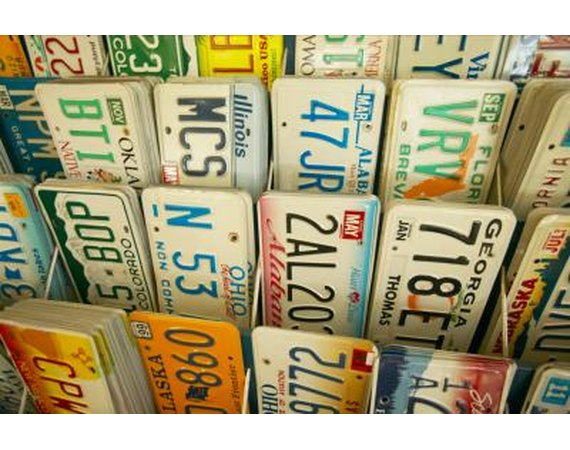Like subletting an apartment, private leases help lessees get out of car lease payments. Private leases are normally a minimum of 6 months, according to the website Exotic Auto Lease, but the new lessee assumes responsibility for the remainder of the contract.
Benefits
Private leasing saves money for both parties. The lessee is released from lease payments and a leaser avoids car rental fees when the car is only needed for a short period. A private lease possibly allows a person with poor credit to lease a car and repair their credit with on-time payments. Unless the lessees go through the leasing agency or another third party that checks the new lessee's credit score.
Types
While both types of auto leases are similar, the personal contract hire lease payments are lower and drivers always return the car at the end of the contract period. This is the type of lease is most often transferred in a private lease because the lessee is normally only interested in a short-term contract. The personal contract purchase requires a higher monthly payment, but at the end of the contract lessees can choose to pay the remainder of the purchase price and keep the car or return it.
How to Get a Private Car Lease
Shop online for a car available for private lease. Several websites, such as Swap Lease and Lease Traders, specialize in transferring car leases. They post available cars on their websites. Sometimes lessees wishing to hand off their lease will post ads on websites, too.





















